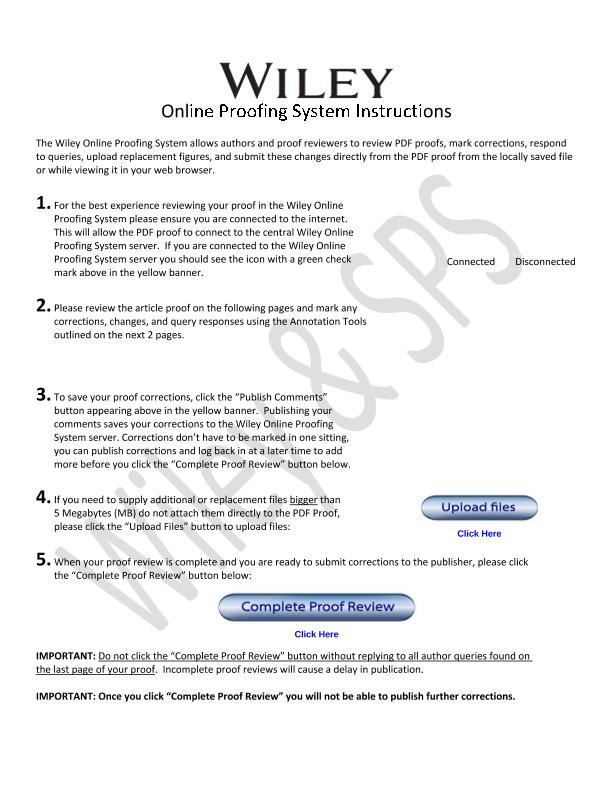Artículo
The effects of ant nests on soil fertility and plant performance: a meta-analysis
Fecha de publicación:
07/2017
Editorial:
Wiley Blackwell Publishing, Inc
Revista:
Journal Of Animal Ecology
ISSN:
0021-8790
Idioma:
Inglés
Tipo de recurso:
Artículo publicado
Clasificación temática:
Resumen
Ants are recognized as one of the major sources of soil disturbance world-wide. However, this view is largely based on isolated studies and qualitative reviews. Here, for the first time, we quantitatively determined whether ant nests affect soil fertility and plant performance, and identified the possible sources of variation of these effects. Using Bayesian mixed-models meta-analysis, we tested the hypotheses that ant effects on soil fertility and plant performance depend on the substrate sampled, ant feeding type, latitude, habitat and the plant response variable measured. Ant nests showed higher nutrient and cation content than adjacent non-nest soil samples, but similar pH. Nutrient content was higher in ant refuse materials than in nest soils. The fertilizer effect of ant nests was also higher in dry habitats than in grasslands or savannas. Cation content was higher in nests of plant-feeding ants than in nests of omnivorous species, and lower in nests from agro-ecosystems than in nests from any other habitat. Plants showed higher green/root biomass and fitness on ant nests soils than in adjacent, non-nest sites; but plant density and diversity were unaffected by the presence of ant nests. Root growth was particularly higher in refuse materials than in ant nest soils, in leaf-cutting ant nests and in deserts habitats. Our results confirm the major role of ant nests in influencing soil fertility and vegetation patterns and provide information about the factors that mediate these effects. First, ant nests improve soil fertility mainly through the accumulation of refuse materials. Thus, different refuse dump locations (external or in underground nest chambers) could benefit different vegetation life-forms. Second, ant nests could increase plant diversity at larger spatial scales only if the identity of favoured plants changes along environmental gradients (i.e. enhancing β-diversity). Third, ant species that feed on plants play a relevant role fertilizing soils, which may balance their known influence as primary consumers. Fourth, the effects of ant nests as fertility islands are larger in arid lands, possibly because fertility is intrinsically lower in these habitats. Overall, this study provide novel and quantitative evidence confirming that ant nests are key soil modifiers, emphasizing their role as ecological engineers.
Palabras clave:
Ants
,
Ecological Engineers
,
Soil Disturbance
Archivos asociados
Licencia
Identificadores
Colecciones
Articulos(INIBIOMA)
Articulos de INST. DE INVEST.EN BIODIVERSIDAD Y MEDIOAMBIENTE
Articulos de INST. DE INVEST.EN BIODIVERSIDAD Y MEDIOAMBIENTE
Citación
Farji Brener, Alejandro Gustavo; Werenkraut, Victoria; The effects of ant nests on soil fertility and plant performance: a meta-analysis; Wiley Blackwell Publishing, Inc; Journal Of Animal Ecology; 86; 4; 7-2017; 866-877
Compartir
Altmétricas




